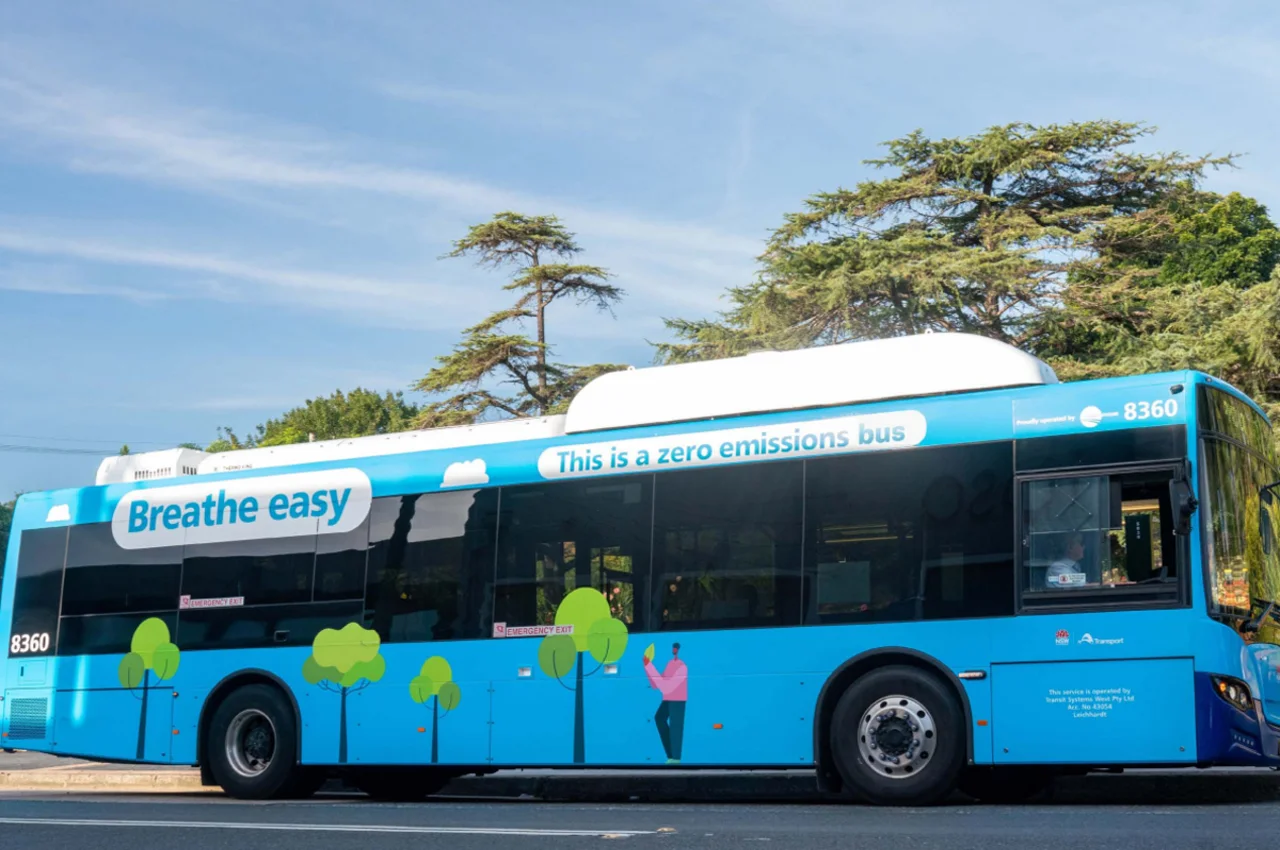
The global bus industry is expected to reach 234,000 units by 2024, driven by a rebound in India and strong growth in Europe. The rise in demand for transit buses is attributed to the replacement of aging fleets and government subsidies for alternative powertrains, while the growth in coach buses is linked to the recovery of the tourism sector and the return to normalcy following the COVID-19 pandemic.
In the electric bus (eBus) sector, growth is anticipated due to factors like stricter emission regulations, declining battery prices, the rise of low-emission zones, purchase subsidies, and tax exemptions. As electric transit buses become more widely adopted, there will be expanded opportunities for global sourcing and supply of alternative powertrain buses. The sector presents fertile ground for collaboration between established automakers, suppliers, and new market entrants.
Regulations such as the EU Clean Vehicle Directive are expected to drive eBus adoption, especially in public transportation procurement. Battery electric buses (BEVs) are poised for significant growth between 2024 and 2027, supported by the increasing involvement of utility and energy companies in developing electric vehicle (EV) charging infrastructure.
For Advanced Driver Assistance Systems (ADAS) in buses, the General Vehicle Safety Regulation (2019/2144) will become mandatory for all vehicles sold from July 2024. Key ADAS features include pedestrian and cyclist detection, blind spot monitoring, front collision warning, autonomous emergency braking, intelligent speed assistance, lane departure warning, and driver drowsiness and distraction alerts.
In China, BEV buses will experience moderate growth in the medium term due to the removal of subsidies and purchase incentives. However, government policies aimed at integrating rural passenger, freight, and postal services will address transportation overcapacity and introduce a more efficient rural transport model. Additionally, 15 pilot cities have been designated to explore the development of a green and low-carbon transport system. Chinese coach bus registrations surged in 2023 as the country’s pandemic restrictions were fully lifted. Chinese eBus OEMs are also expanding globally, supported by the establishment of manufacturing plants and growing export activity.
In India, the $7 billion PM-eBus Sewa initiative will introduce eBuses to 169 cities and promote green urban mobility across 181 cities. The plan includes upgrading depot infrastructure and creating substation infrastructure for eBuses.
In Latin America, the Zero-emission Bus Rapid-deployment Accelerator (ZEBRA) program will drive the adoption of eBuses, starting in cities like Medellin, Sao Paulo, and Mexico City. Several Latin American countries are developing electromobility strategies to encourage zero-emission buses in public transportation, while Chinese OEMs have set up regional production bases to tap into the market. Zero-emission vehicle (ZEV) bus tenders focus on performance-based contracts that require manufacturers to meet post-sales support needs, including preventive maintenance and the availability of spare parts.

